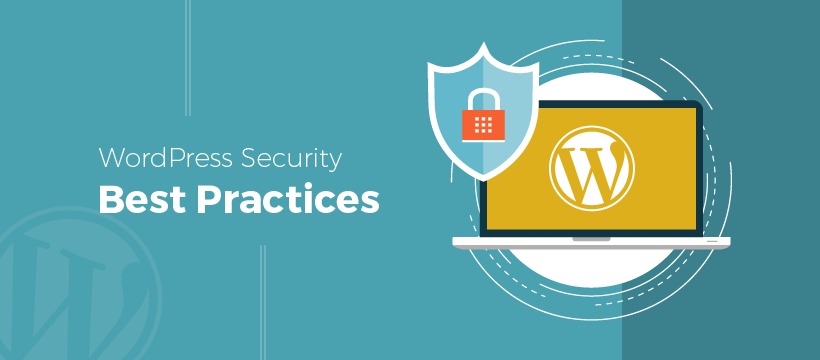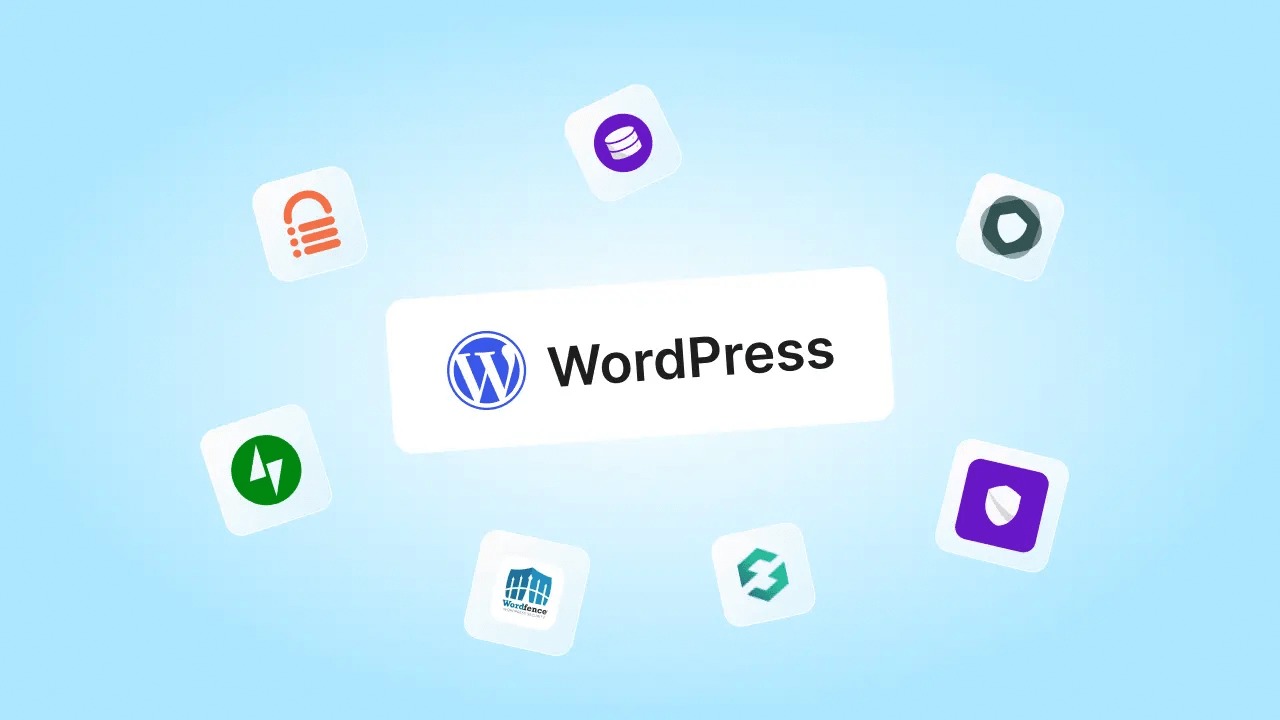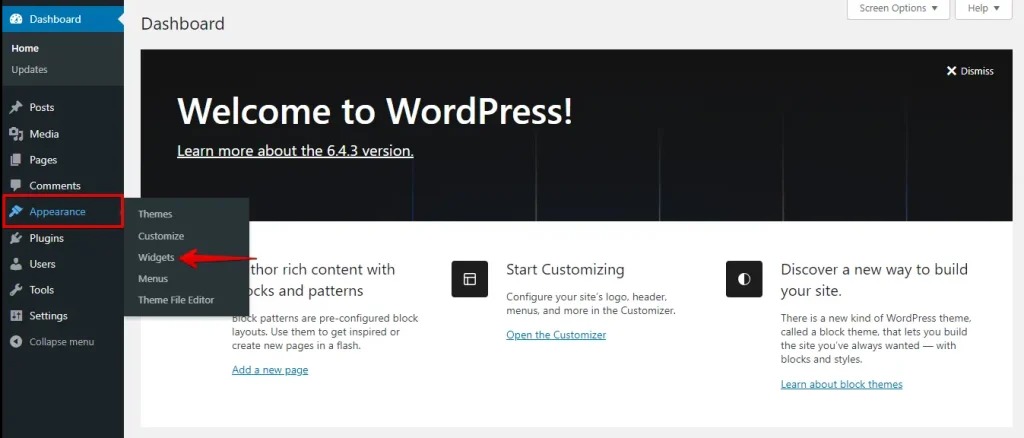Project
WordPress
How to Secure Your WordPress Site: Best Practices

WordPress is a powerful and widely used content management system, but its popularity makes it a frequent target for cyber threats. Securing your WordPress website is essential to protect sensitive data, prevent hacks, and maintain trust with your users. In this guide, we’ll explore the best practices to secure your WordPress site and keep it safe from vulnerabilities.
1. Keep WordPress, Themes, and Plugins Updated
Outdated software is one of the main entry points for hackers. Regularly update:
- WordPress core software
- Installed themes
- Active and inactive plugins
Enable automatic updates where possible or use a plugin like Easy Updates Manager to manage updates efficiently.
2. Use Strong Login Credentials and Two-Factor Authentication (2FA)
Protect your WordPress login page with:
- A strong password that includes uppercase letters, numbers, and special characters.
- Unique usernames instead of “admin.”
- Two-Factor Authentication (2FA) using plugins like Google Authenticator – Two Factor Authentication or WP 2FA.
3. Change the Default WordPress Login URL
Hackers often target the default wp-login.php page. Change the login URL using plugins like WPS Hide Login to prevent unauthorized login attempts.
4. Limit Login Attempts
Brute force attacks involve repeated login attempts to guess credentials. Prevent this by:
- Using a plugin like Limit Login Attempts Reloaded.
- Enabling CAPTCHA verification.
5. Install a WordPress Security Plugin
Security plugins help monitor and block threats. Some of the best security plugins include:
- Wordfence Security – Offers firewall protection and malware scanning.
- Sucuri Security – Provides website monitoring and a Web Application Firewall (WAF).
- iThemes Security – Strengthens login security and file integrity monitoring.
6. Use SSL Certificates for HTTPS Encryption
Secure your website with an SSL certificate to encrypt data transmission. Most hosting providers offer free SSL certificates via Let’s Encrypt.
7. Regularly Back Up Your Website
Backups ensure you can restore your site if something goes wrong. Use backup solutions like:
- UpdraftPlus – Automated scheduled backups to cloud storage.
- BlogVault – Real-time backups and site recovery.
8. Set Proper File Permissions
Restrict access to important files:
- Set wp-config.php permissions to 600.
- Set wp-content/uploads/ to 755.
Disable directory listing by adding this code to your .htaccess file:
Options -Indexes
9. Enable Web Application Firewall (WAF)
A WAF blocks malicious traffic before it reaches your site. Services like Cloudflare and Sucuri provide cloud-based firewall protection to mitigate threats.
10. Scan for Malware and Vulnerabilities
Regularly scan your site for malware using:
- Wordfence Scanner
- Sucuri SiteCheck
- MalCare Security
11. Disable XML-RPC
XML-RPC can be exploited for brute force attacks. Disable it using Disable XML-RPC plugin or by adding this code to your .htaccess file:
<Files xmlrpc.php>
Order Allow,Deny
Deny from all
</Files>
12. Monitor User Activity
Track login activity and suspicious behavior using plugins like WP Activity Log to detect unauthorized changes.
Final Thoughts
Securing your WordPress site requires consistent effort and proactive measures. By following these best practices, you can reduce security risks and safeguard your website from potential threats. Implementing updates, strong authentication, firewalls, and regular backups ensures long-term security and peace of mind.



